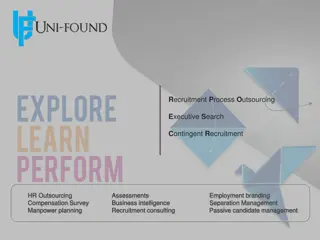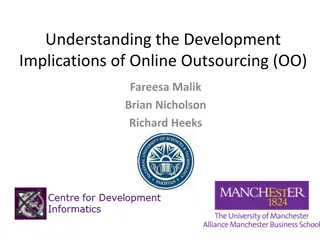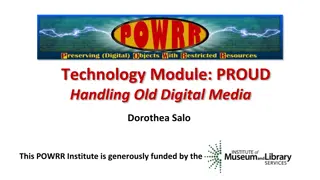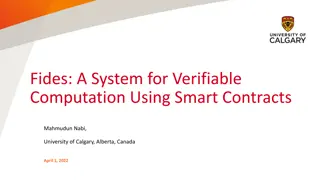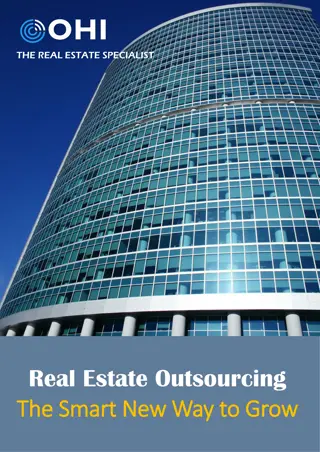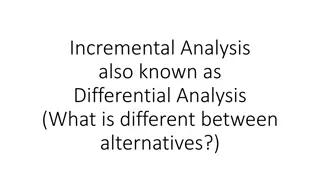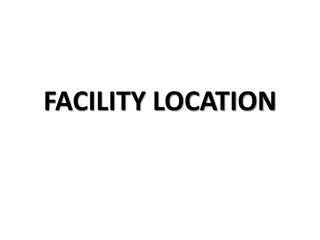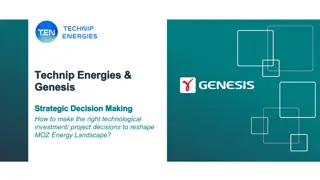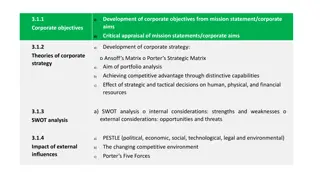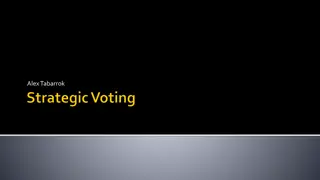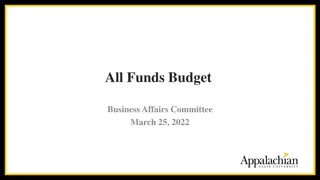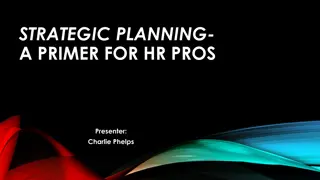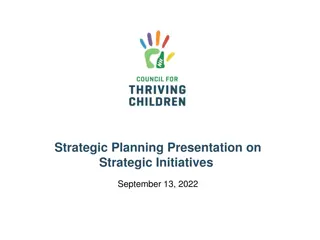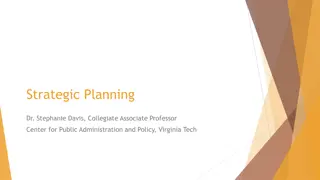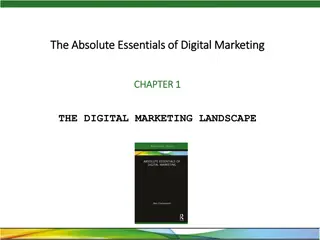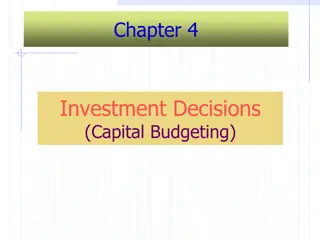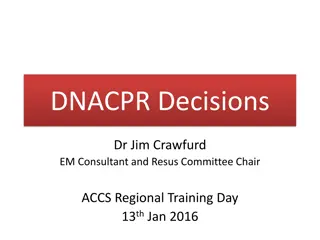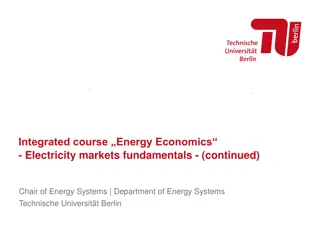Understanding the Strategic Implications of Outsourcing Decisions
This resource delves into the strategic considerations involved in outsourcing decisions, discussing cost definitions, break-even analysis, and non-financial issues. It explores the outsourcing strategy, business value chains, and the relationship between outsourcing and the product life cycle. Emphasizing the importance of aligning supply chain configuration with financial and qualitative analyses, it highlights the risks and benefits associated with outsourcing decisions based on the product's position in its life cycle stages.
Download Presentation

Please find below an Image/Link to download the presentation.
The content on the website is provided AS IS for your information and personal use only. It may not be sold, licensed, or shared on other websites without obtaining consent from the author. Download presentation by click this link. If you encounter any issues during the download, it is possible that the publisher has removed the file from their server.
E N D
Presentation Transcript
An Introduction to Outsourcing Professor Andrew Thomas Aberystwyth Business School
Objectives Introduce to outsourcing Introduce various cost definitions and demonstrate how they are applied in outsourcing strategies. Demonstrate how break-even analysis is used within an outsourcing context to determine outsourcing decisions . Consider the non-financial issues associated with outsourcing strategies
Outsourcing Strategy Outsourcing Strategy is a strategic decision making process where a company considers at what point it is more appropriate to make a product (or service) within their own company (in-house) or, whether it is better for another company to make the product (or service) for them.
Business Value Chains Product/services flow Information Flow Project Management Procurement Inventory Management Forecasting Strategic Decisions Where to make? Competitors? Who to buy from? Who to sell to? What if it goes wrong? Controls Synchronise Demand with Supply Business Management Operations logistics logistics Business Value Adding processes product excellence Customer Current and future needs Suppliers On-time, in full delivery Right quantity at the, Right place in the, Right time Demand Chain Supply Chain Business Development Marketing Economics & Business Economics Finance & Business Finance Accounting & Business Accounting Financial Management Branding Voice of the customer Customer of choice Future Markets Economic Trends Politics Financial Backers Infrastructure Payback / RoI Budgets Cost Control Cost Effectiveness
Outsourcing The outsourcing strategy will define the supply chain system and configuration. Decisions can be based: Financially Qualitatively Mixture of financial and qualitative analysis Applying outsourcing can depend on position of product in product life cycle
Product Life Cycle Maturity Volume Growth Decline Introduction Time
Outsourcing and PLC Introduction risk of outsourcing can be high if product does not take off. Growth risk lessens as volumes increase Maturity Low risk Decline what do you do for your next product and how do you close off the existing arrangement? When do you switch to Outsourcing? Sometimes you do not have a choice
Break-Even Analysis Break-Even Analysis The volume where revenues equal total costs or costs associated with two alternative processes are the same.
Break-Even Analysis Break-even analysis is used to compare processes by finding the volume at which two different processes have equal total costs. Break-even point is the volume at which total revenues equal total costs. Variable costs (vc) are costs that vary directly with the volume of output. Fixed costs (Fc) are those costs that remain constant with changes in output level.
Break-Even Analysis can tell you If a forecasted volume is sufficient to break even (make or buy point) How low variable cost per unit must be to break even given current prices and sales forecast. How low the fixed cost need to be to break even. How price levels affect the break-even volume.
Types of Costs Fixed Costs Variable Costs
Cost Definitions Fixed Costs Expenses such as rent that remain constant over a wide range of output volumes. Variable Costs Expenses such as material and direct labour that vary proportionately with changes in output.
Cost Definitions (contd) Cost of Capital Usually expressed as a percentage rate, it reflects the cost of the money invested in a project. Comparisons: The cost of borrowing money to finance the project. Interest lost on short-term loans. Opportunity cost of forgoing one of several other projects that require funding.
Cost-Volume Relationships Amount ( ) 0 Q (volume in units)
Breakeven Analysis: Make or Buy Costs Buy Costs Total Make costs Costs Breakeven point V1 Volume (number of units) Supplement 3-5
Break-Even Analysis (contd) Make or Buy cost (Assumptions) The selling price per unit is constant. Variable costs per unit remain constant. Fixed costs remain constant.
Break-Even Analysis (contd) Choice of Processes Used to choose from among alternative processes a company can use. Break-even point is defined as that volume where we are indifferent with respect to the costs of the alternative processes.
Breakeven Analysis: Choice of Processes Total costs - Make Total costs - Buy Costs Breakeven point V1 Volume (number of units) Supplement 3-6
Types of Economic Decisions Purchase of new equipment or facilities Replacement of existing facilities or equipment Make-or-buy decisions Lease-or-buy decisions Temporary shutdown or plant abandonment decisions Addition or elimination of a product or product line
Assumptions of Cost-Volume Analysis 1.One product is involved 2.Everything produced can be sold 3.Variable cost per unit is the same regardless of volume 4.Fixed costs do not change with volume 5.Revenue per unit constant with volume 6.Revenue per unit exceeds variable cost per unit
Cost-Volume Analysis FC Fixed cost VC Total variable cost v Variable cost per unit TC Total cost TR Total revenue R Revenue per unit Q Quantity or volume of output QBEP Break-even quantity P Profit CM Contribution Margin TC = FC + VC VC = Q x v TR = R x Q P = TR TC = R x Q (FC + v x Q) = Q(R-v) FC CM = R v Q = P + FC / R v QBEP = FC / R v
Make or Buy Example A company is considering buying in a new product from a supplier at 200 per unit. To produce in house the fixed cost per year would be 100,000, and the total variable costs would be 100 per part. What would be the break even-point in terms of volume and cost for the make or buy decision ? Q = FC / (R - v) = 100,000 / (200-100) = 1,000 products
Make or Buy Example 400 Quantity (patients) (Q) Total Annual Cost ( ) (100,000 + 100Q) Total Annual Revenue ( ) (200Q) 0 100,000 300,000 0 300 2000 400,000 (in thousands) 200 100 | | | | 0 500 1000 1500 2000 Products(Q)
(2000, 400,000) 400 Total buy costs 300 (in thousands) Quantity (patients) (Q) Total Annual Cost ( ) (100,000 + 100Q) Total Annual Revenue ( ) (200Q) 200 0 100,000 300,000 0 100 2000 400,000 | | | | 0 500 1000 1500 2000 Products (Q)
(2000, 400,000) 400 Total buy cost 300 (2000, 300,000) (in thousands) Total make costs 200 Quantity (patients) (Q) Total Annual Cost ( ) (100,000 + 100Q) Total Annual Revenue ( ) (200Q) 100 Fixed costs 0 100,000 300,000 0 2000 400,000 | | | | 0 500 1000 1500 2000 Products (Q)
(2000, 400,000) 400 Profits Total buy costs 300 (2000, 300,000) (in thousands) Total make costs (FC+VC) 200 Break-even quantity Quantity (patients) (Q) Total Annual Cost ( ) (100,000 + 100Q) Total Annual Revenue ( ) (200Q) 100 Fixed costs 0 100,000 300,000 0 | | | | 2000 400,000 0 500 1000 1500 2000 Products (Q)
Make or Buy Exercise A company is considering buying in a new product from a supplier at 350 per unit. To produce in house the fixed cost per year would be 130,000, and the total variable costs would be 80 per part. What would be the break even-point in terms of volume and cost for the make or buy decision ?
Time to do Exercise 1 (The answer is shown later in this slideshow so do not move forward until you have given the exercise a go)
Make or Buy Example Q = FC / (R - v) = 130,000 / (350-80) = 482 products 482 products x 350 = 168560
Time to do Exercise 2 (The answer is shown later in this slideshow so do not move forward until you have given the exercise a go)
Make or Buy Decisions Make In House Cost considerations (less expensive to make the part) Productive use of excess plant capacity to help absorb fixed overhead (using existing idle capacity) Need to exert direct control over production and/or quality Better quality control Design secrecy is required to protect proprietary technology Unreliable suppliers No competent suppliers available Desire to maintain a stable workforce (in periods of declining sales) Quantity too small to interest a supplier Control of lead time, transportation, and warehousing costs Greater assurance of continual supply Provision of a second source Political, social or environmental reasons
Make or Buy Decisions Buy in Part Lack of expertise Suppliers' research and specialized know-how exceeds that of the buyer cost considerations (less expensive to buy the item) Small-volume requirements Limited production facilities or insufficient capacity Desire to maintain a multiple-source policy Indirect managerial control considerations Procurement and inventory considerations Brand preference Item not essential to the firm's strategy
Make or Buy Decisions Major Elements of Make Decision Incremental inventory-carrying costs Direct labour costs Incremental factory overhead costs Delivered purchased material costs Incremental managerial costs Any follow-on costs stemming from quality and related problems Incremental purchasing costs Incremental capital costs
Make or Buy Decisions Major Elements of Buy Decision Purchase price of the part Transportation costs Receiving and inspection costs Incremental purchasing costs Any follow-on costs related to quality or service
Thank you for watching, now have a go at the multiple choice questions. If you have any questions then please contact me on ant42@aber.ac.uk



